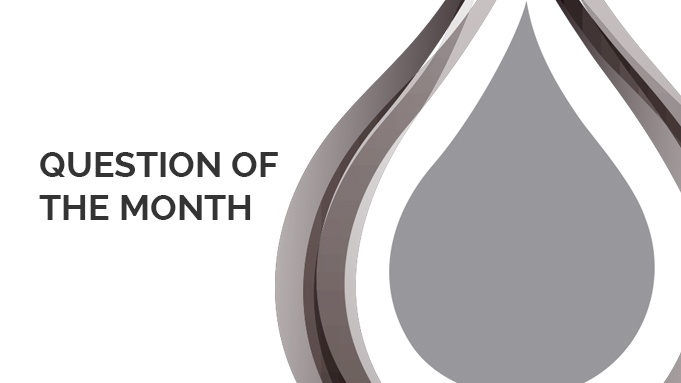
We're getting very close towards the end of the year and inspired by the Christmas lights and the chilly weather we have decided to make a "Question of the Month - Christmas Edition". In this special edition we have gathered all of the questions received during the year to prepare a Top 5 FAQs regarding clay conditioners. Are you curious about clay conditioners? Keep reading!
1. HOW DOES A CLAY CONDITIONER WORK?
Depending on your product, process and the actual additive itself, conditioners will bring different benefits. For example, in mixing the clay materials with water, the clay conditioner acts as a wetting agent, reducing surface tensions and promoting more homogeneous mixing. In shaping, the water soluble additive promotes better flow of particles when a force is applied, therefore reducing friction between clay and extruder/press. As water begins to leave the finished article the clay additive increases bond strength within the clay mix giving a faster rate of strength gain. During drying, the conditioner increases the breaking strength of the clay mix, hardening edges and other vulnerable points of the article.
2. WHERE IS THE BEST PLACE TO ADD THE CONDITIONER?
The most suitable place to add a clay conditioner would be just after grinding stage, more precisely just after the sieving area. Typically, the product can be added there, on its way to the temporary storage tanks, just before being spray dried.
3.HOW MUCH CLAY CONDITIONER SHOULD WE ADD?
Addition rate for structural brick and roof tile production is about 0.4% - 0.5% liquid. However, it might be slightly lower or higher depending on the plasticity of clay from each source and clay preparation process of each factory. This is why we recommend to do a small lab scale trial to optimize the dosage or contact our experts before a trial in production scale.
4. HOW CAN WE MEASURE RESULTS OF THE PRODUCT?
Clay conditioners can effectively increase strength, particularly that of dry pieces. The most obvious outcome of a stronger tile/brick is the reduction of breakage in production. Strength increase can be assessed by three-point flexural test technique, where the modulus of rupture (MOR) can be quantitatively determined. Additionally, our products also provide a lubrication effect. This will be shown, for example, when the pieces are extruded, one can check that amperage during extrusion will be reduced, and the cracks of pieces will disappear.
5. HOW CAN I KNOW WHAT IS THE BEST PRODUCT FOR MY PROCESS?
We have developed a large product portfolio. Our clay additives are commonly used in specific applications to solve, in many cases, more than one problem at a time. For example, some products are recommended to improve strength of dry pieces while removing scumming and cracks. Our technical team will work to find the most cost-effective product for your specific process, we will suggest a solution-oriented product to specifically target your requirements.
Additionally, we recommend carrying out lab scale trials to find the perfect product for your production process. We have a fully-equipped ceramic lab (press, extruder, flexural strength tester, kiln, etc.) where we carry out specific lab tests with customers’ material for structural and decorative ceramics, evaluating the performance of different products, with the objective of proposing the most suited product and the optimum dosage.
We have a long experience on working with different clay additives and we would be happy to help you with any other doubt you may have. So, if you have any specific question for us, click below and we will get in touch with you.





